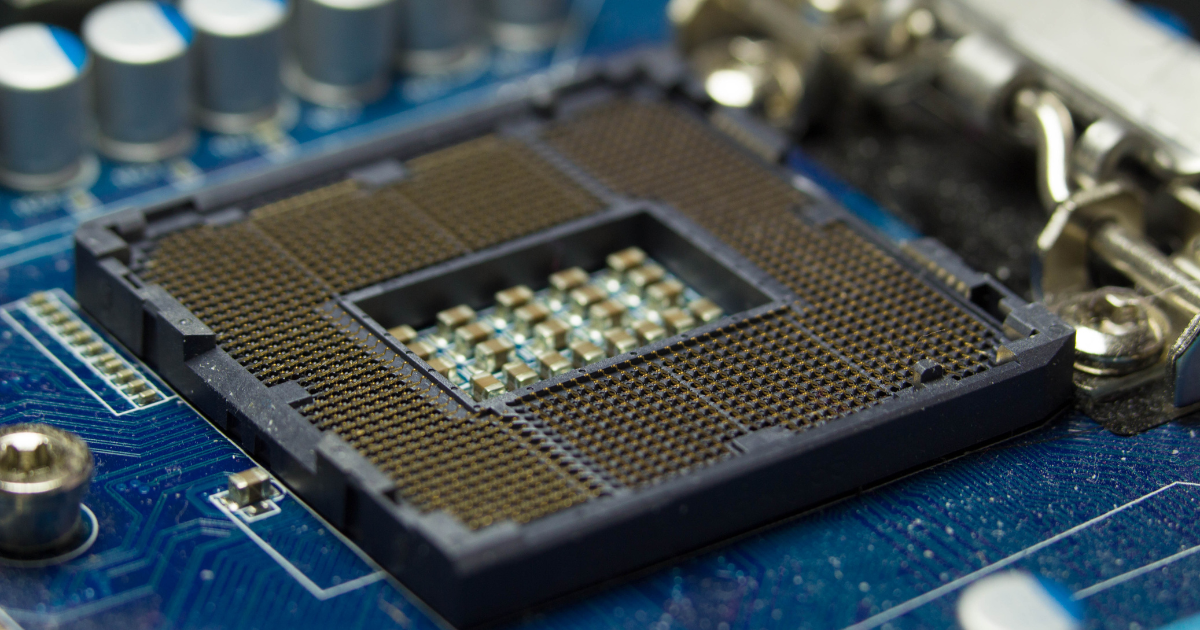In our June 3 post, we concluded that the resurgent Intel Corporation (INTC), which had weathered back-to-back quarterly losses amid softening PC demand, consequent surplus inventory, and realignment toward GPU-heavy and AI-centered enterprise demand, could be worth more than what was being suggested by its market price at that time.
By announcing its return to profitability during last week’s earnings release, the pioneer of modern computing lived up to our expectations while exceeding the ones on the Street. INTC posted a net income of $1.5 billion, compared to a net loss of $454 million during the previous-year quarter. Its adjusted EPS came in at $0.13 compared to an adjusted loss of $0.3 per share expected by Wall Street.
While the Market greeted the news with a 7% surge in the stock price in extended trading and a further 5% gain the following morning, INTC’s revenue, despite exceeding low expectations, declined 15.7% year-over-year to $12.9 billion, marking the sixth consecutive quarter of sales decline.
In view of a subdued topline, much of the outperformance in the quarterly results can be attributed to the progress INTC had made in cutting $3 billion in costs this year.
In addition to exiting nine lines of business since CEO Pat Gelsinger rejoined INTC to achieve a combined annual savings of more than $1.7 billion, the company slashed its dividend and announced plans to save $10 billion per year by 2025, including through layoffs.
With INTC’s cloud computing group, which includes the company’s laptop and desktop processor shipments, and server chip division, which is reported as Data Center and AI, reporting year-over-year declines of 12% and 15%, respectively, Pat Gelsinger forecasted “persistent weakness” in all segments of its business through year-end, and that server chip sales won’t recover until the fourth quarter.
With upside through cost optimization capped and customers prioritizing GPUs over CPUs to handle ever-increasing AI/ML workloads, INTC is eager to join the race currently being led by NVIDIA Corporation (NVDA) and Advanced Micro Devices, Inc. (AMD). The company is working on the manufacturing front, for which it significantly depends on Taiwan Semiconductor Manufacturing Company Ltd. (TSM).
By doubling down on the fab business, INTC aims to match TSM’s chip-manufacturing capabilities by 2026, enabling it to bid to make the most advanced mobile processors for other companies, a strategy the company calls “five nodes in four years.”
To that end, INTC is pursuing an aggressive IDM 2.0 road map with new manufacturing facilities in Oregon, New Mexico, Arizona, Ireland, and Israel in the pipeline to augment the capabilities of 15 fabs worldwide and facilities to assemble and test the manufactured chips in Vietnam, Malaysia, Costa Rica, China, and the U.S.
Among those, Arizona’s new facilities would be manufacturing chips for the company and customers such as Amazon, Qualcomm, and others as part of Intel Foundry Services. While the company still depends on TSMC for 5nm chips used for AI applications, it aims to take a quantum leap in that direction with even smaller 18 A chips.
While companies such as Amazon.com, Inc. (AMZN) are resorting to chips designed in-house to support their cloud infrastructure, INTC, in addition to being the manufacturer of both wafers and packaging of AI accelerators, is also present with its Gaudi chips.
The company’s efforts are also receiving much-needed political encouragement in the form of the Chips and Science Act, which is aimed at on-shoring and de-risking semiconductor manufacturing in the interest of national security.
Recently, Pat and his team at INTC upped the ante by unveiling its new ambitious plans to incorporate AI into every product it creates. This announcement comes as the company’s upcoming Meteor Lake chips are rumored to feature a built-in neural processor specifically designed for handling machine learning tasks.
With an objective to “democratize AI,” Pat was loud and clear about INTC’s plans to make it a ubiquitous and integral feature of its products designed to cater to all segments of the computing ecosystem, including “at the edge in the Client, in the enterprise, as well as in the cloud.”
The upbeat CEO forecasted that AI would permeate all business domains, including the client-facing consumer electronics market, enterprise data centers, and even manufacturing, and make its way into personal devices, such as hearing aids and personal computers. AI is already present as a co-pilot for Windows 11, allowing users to type questions and perform specific actions, and it could play a significant role in the next iteration of Windows.
Bottom Line
For the third quarter of the fiscal, INTC expects adjusted earnings of 20 cents per share on $13.4 billion revenue at the midpoint.
Whether or not INTC manages to meet or exceed the above target could go a long way in helping investors determine if its ambitious turnaround is on track to restore the company to its former glory.



